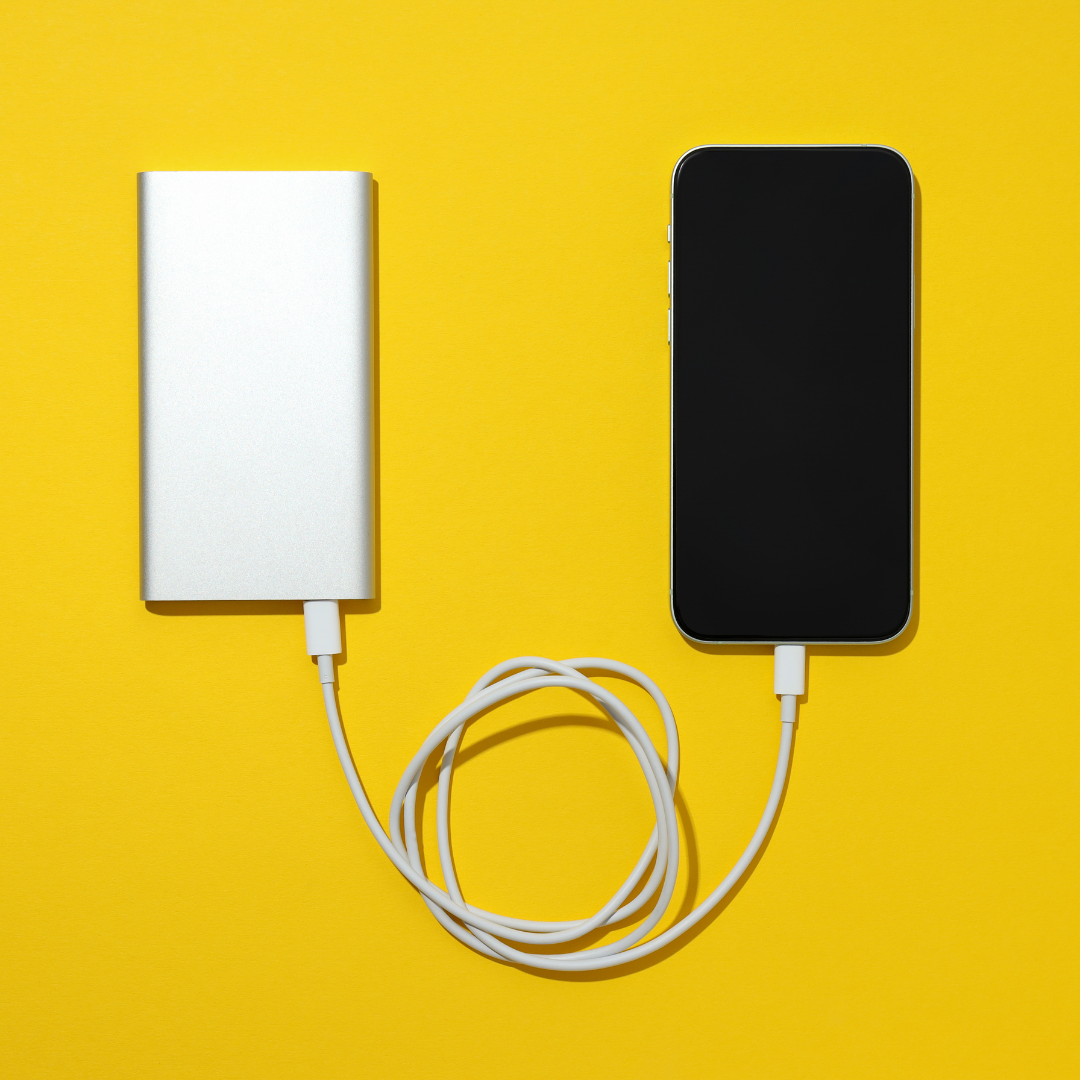Many people struggle with smartphone battery life, especially during peak usage times. Implementing simple hacks can drastically extend a phone’s battery life, allowing users to stay connected longer without frequent recharging. From adjusting settings to utilizing battery-saving modes, there are practical strategies that can be easily integrated into daily routines.
Understanding the impact of apps and background activity is crucial for efficient battery management. Users often overlook how certain applications drain power, making it essential to identify and minimize their usage. Small changes in habits, like disabling location services and reducing screen brightness, can lead to substantial improvements.
Exploring these battery-saving techniques can transform how users interact with their devices. By making informed adjustments, they can ensure their smartphones remain operational throughout the day, eliminating the stress of searching for an outlet.
Understanding Smartphone Batteries
Smartphone batteries are crucial for device functionality. Knowledge of battery types, factors affecting health, and charge cycles can significantly improve user experience and longevity.
Types of Smartphone Batteries
Most smartphones use lithium-ion batteries due to their lightweight and high energy density. These batteries are preferred because they charge quickly and maintain a stable voltage.
Lithium-polymer batteries are also common, featuring a more flexible form factor. They often allow for slimmer phone designs but may have a slightly lower total capacity.
Knowing the differences helps users make informed choices when considering replacements. Each type has specific characteristics impacting performance and longevity.
Factors Affecting Battery Health
Battery health is influenced by several key factors. Temperature is a critical aspect; extreme heat or cold can reduce battery capacity and lifespan.
Charging practices also play a significant role. Frequent partial discharges and overcharging can harm battery health over time.
Additionally, using the correct charger is essential. High-quality chargers prevent voltage fluctuations that may damage the battery.
Regular software updates can optimize battery performance, as many manufacturers release improvements that enhance efficiency.
The Role of Charge Cycles in Battery Longevity
A charge cycle is defined as the process of charging a battery from 0% to 100% and then discharging it. Lithium-ion batteries typically endure around 300 to 500 charge cycles before showing significant capacity loss.
Users can extend battery life by avoiding deep discharges. Keeping the battery between 20% and 80% charge can reduce stress and prolong its lifespan.
Fast charging features can be convenient but may negatively impact battery health over time.
Monitoring usage patterns and adjusting charging habits accordingly can lead to improved longevity and performance of the phone battery.
Optimizing Battery Usage
To enhance smartphone battery life, several effective strategies can be employed. Adjusting screen settings, managing location access, and utilizing specific modes play crucial roles in extending battery efficiency.
Adjusting Screen Brightness and Using Dark Mode
Reducing screen brightness is one of the simplest ways to conserve battery life. Most smartphones, including Android and iOS devices, offer adaptive brightness features that adjust levels based on ambient light.
- Manual Adjustment: Users can set brightness manually to a lower setting for minimal usage.
- Dark Mode: For OLED screens, enabling dark mode can save battery since black pixels consume less energy.
Activating dark theme settings in apps benefits battery performance significantly, especially in low-light conditions.
Managing Location Services and Notifications
Location services can drain battery life rapidly, especially when multiple apps continuously access GPS.
- Limit Location Access: Users should adjust settings to allow location tracking only when necessary, such as during navigation.
- Notifications: Reducing unnecessary notifications can also save power. Disabling background app refresh for non-essential apps limits their battery consumption.
Regularly reviewing and managing these settings can lead to substantial battery life improvements.
The Benefits of Low Power Mode
Low Power Mode is an effective feature available on both Android and iOS devices. Activating this mode modifies various settings to conserve energy.
- Key Changes: It typically reduces background activity, disables automatic downloads, and lowers screen brightness.
- Feature Availability: Users can easily enable this option from the settings menu and monitor battery percentage to optimize their device’s performance.
Engaging Low Power Mode during critical moments, such as travel or outdoors, will help preserve battery life for essential tasks.
Best Charging Practices
Good charging habits can significantly enhance smartphone battery life. Incorporating adaptive charging techniques, preventing overcharging, and using power banks wisely are essential for maintaining battery health and efficiency.
Adaptive Charging Techniques
Adaptive charging adjusts the charging speed based on user habits. For instance, Google Pixel devices offer Adaptive Battery and Adaptive Charging features. These ensure the device learns charging patterns and works to maintain battery longevity.
Tip: If charging overnight, use Adaptive Charging. This feature slows down the process when it nears full charge, reducing stress on the battery. It can extend battery lifespan by optimizing charge cycles.
Using features like Scheduled Charging can also be beneficial. This schedules charging to align with usage patterns, minimizing time spent at 100% capacity.
Preventing Overcharging and Protecting the Battery
Overcharging can harm battery health over time. Most modern smartphones are designed to stop charging at 100%. Yet, keeping a device plugged in for extended periods can still lead to battery wear.
Best Practice: Unplug the device when it reaches full charge. Consider using a smart plug or timer to avoid leaving the phone charged overnight unnecessarily.
Additionally, charging the battery to only 80-90% capacity can enhance longevity. This practice reduces stress on the lithium-ion cells, preserving their ability to hold a charge.
Using Power Banks Wisely
Power banks offer a convenient charging option, especially on the go. Choosing a power bank with the right specifications is crucial to ensure compatibility and efficiency. Look for one with a capacity of at least 10,000mAh for multiple charges.
Important Considerations:
- Output Voltage: Ensure it matches the smartphone’s requirements.
- Charging Speed: A power bank with Quick Charge or USB-C Power Delivery can significantly reduce charging time.
Using a power bank responsibly also involves avoiding extreme temperatures. Keep it in moderate conditions to prevent damage to both the power bank and the phone.
Advanced Tips for Prolonging Battery Life
Maximizing battery life requires strategic choices in connectivity and app usage. Understanding how to use features like Airplane Mode, manage app activity, and control web browsing and streaming can lead to significant improvements in battery performance.
Smart Use of Airplane Mode
Airplane Mode is an effective tool for reducing battery drain. Activating this mode disables all wireless connections, halting data transmission and background processes.
- When to Use: Utilize Airplane Mode in areas with poor signal reception; weak signals cause phones to work harder, draining battery faster.
- Selective Activation: Users can enable Airplane Mode and then manually re-enable Wi-Fi or Bluetooth. This allows connectivity without allowing constant cellular updates.
Using Airplane Mode during prolonged periods of inactivity or when charging can enhance battery care.
Minimizing Battery Drain from Apps
Background activity from apps can contribute significantly to battery drain. Users should regularly check which applications consume the most power.
- Battery Usage Settings: Access the battery settings to identify high-drain apps. Options to restrict background activity are often available.
- Social Media Management: Social media apps frequently refresh their content. Users can disable notifications and limit app open times to manage power consumption effectively.
Regularly updating apps can also improve efficiency, as developers work to optimize performance.
Controlling Web Browsing and Streaming
Mobile web browsing and streaming can significantly impact battery life. The combination of screen brightness and data usage can exacerbate battery drain.
- Lowering Screen Brightness: Reducing brightness during browsing can decrease power consumption.
- Optimized Streaming: Users should consider downloading content for offline viewing instead of streaming. This conserves battery, especially for extended use.
Limiting open tabs and disabling auto-play features in streaming services further helps manage battery resources. By implementing these strategies, users can extend their smartphone’s battery life effectively



